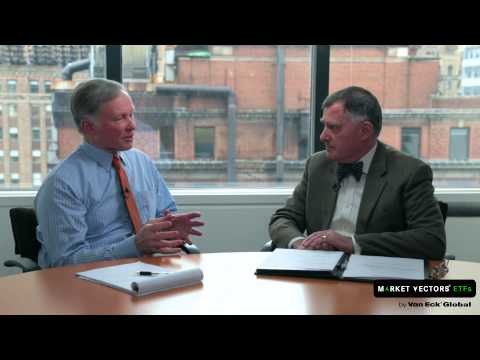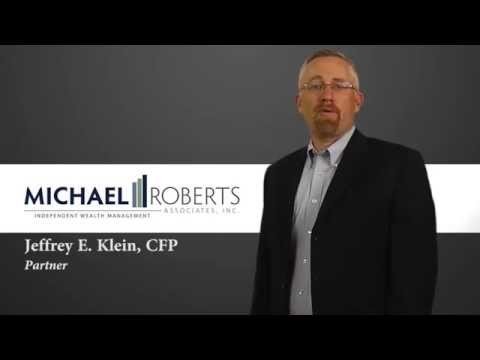What’s the Outlook for Muni Bonds The Slant
Post on: 14 Апрель, 2015 No Comment

When ZIRP ends, so will the run in bond prices … so think beyond 2013
A reader recently wrote in to ask me, “What will happen to the price of municipal bonds when the Fed raises interest rates?”
This is a straightforward but complex question. Here’s my simplest answer up front:
Your existing muni bonds will fall in value as new issues of municipal debt offer higher yield. It’s simple supply and demand why buy an old bond with a smaller rate of return when you can simply buy a new one? The demand for new muni bonds (and all bonds, really) will make them more expensive, and the lack of demand for old bonds will make them cheaper.
If you sell before maturity, that is. You can always keep collecting the coupon payments, even if they aren’t as big as the alternative. If you have the right portfolio of bonds, even if inflation picks up you may be able to squeak out at least a small return.
Here’s the more complex answer, however, since this topic strays far from just the idea of municipal bond investors, and into the idea of asset allocation and the impact of the Federal Reserve on stocks and bonds generally:
The bottom line is that when the Fed raises base rates, EVERY rate goes up in credit markets. That goes for mortgages, student loans, credit card debt, corporate bonds, municipal bonds … you name it. That’s because the fed funds rate is the level at which it trades with banking institutions.
In other words, right now banks can get short-term loans for effectively zero so they can afford to lend to you and me (or businesses) at only 1% or 2% and still make some money. Qualified borrowers get rock-bottom rates and unqualified borrowers must pay a premium. Maybe 3% or 4%.
Municipal bonds that are currently offered at a low rate will naturally be offered at a higher rate, even to qualified borrowing municipalities, and troubled governments will have to borrow at a much higher rate.
What does all this mean for bond prices? Well, conventional wisdom is that yield and price are inversely related that is, when yields are down prices go up … and when yields are up prices then fall. So when the Fed raises rates, eventually though perhaps not overnight municipal bonds will have a lower price (or par value) but you’ll see debt offered at increasingly higher yields.
This all orbits the idea of a “bond bubble” coming, not just for munis but corporates and Treasuries and everything else, when the Fed raises rates. After all, super-low rates mean super-high prices for bonds right now … and eventually rates HAVE to rise simply because they cannot move any lower. I mean, the fed funds rate is effectively zero, so unless it goes negative there’s little upside for prices (considering the inverse relationship with yield we just mentioned).

If inflation picks up, bond investors will be caught between a rock and a hard place. Imagine your 2% yield in intermediate- or long-term bonds isn’t even pacing the rate of inflation anymore but your bond prices keep falling and you have a long way to maturity … do you sell into a downdraft, or ride it out with your measly coupon payments?
Keep in mind, however, the idea of a bond bubble or the “great rotation” out of bonds and into equities has been bandied about for a while now and nothing has really come of it. Even as the market sets new highs, bonds haven’t collapsed yet.
But a prudent investor should start to look down the road and what will happen in 2014 or 2015 when zero-interest-rate policy runs out of gas. Even if you’re not interested in moving out of bonds and into stocks, it’s worth noting that you could see a significantly higher yield on bond investments a few years down the road – so don’t tie up too much capital even if you intend to simply preserve it in low-risk bonds or bond-backed funds.
Got a question for me about a stock? Send an email to editor@investorplace.com. drop me a Tweet @JeffReevesIP on Twitter or post to our “Ask InvestorPlace” Facebook feature .
Related Reading
Jeff Reeves is the editor of InvestorPlace.com and the author of “The Frugal Investor’s Guide to Finding Great Stocks.” Write him at editor@investorplace.com or follow him on Twitter via @JeffReevesIP . As of this writing, he did not own a position in any of the stocks named here.














